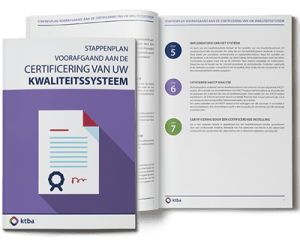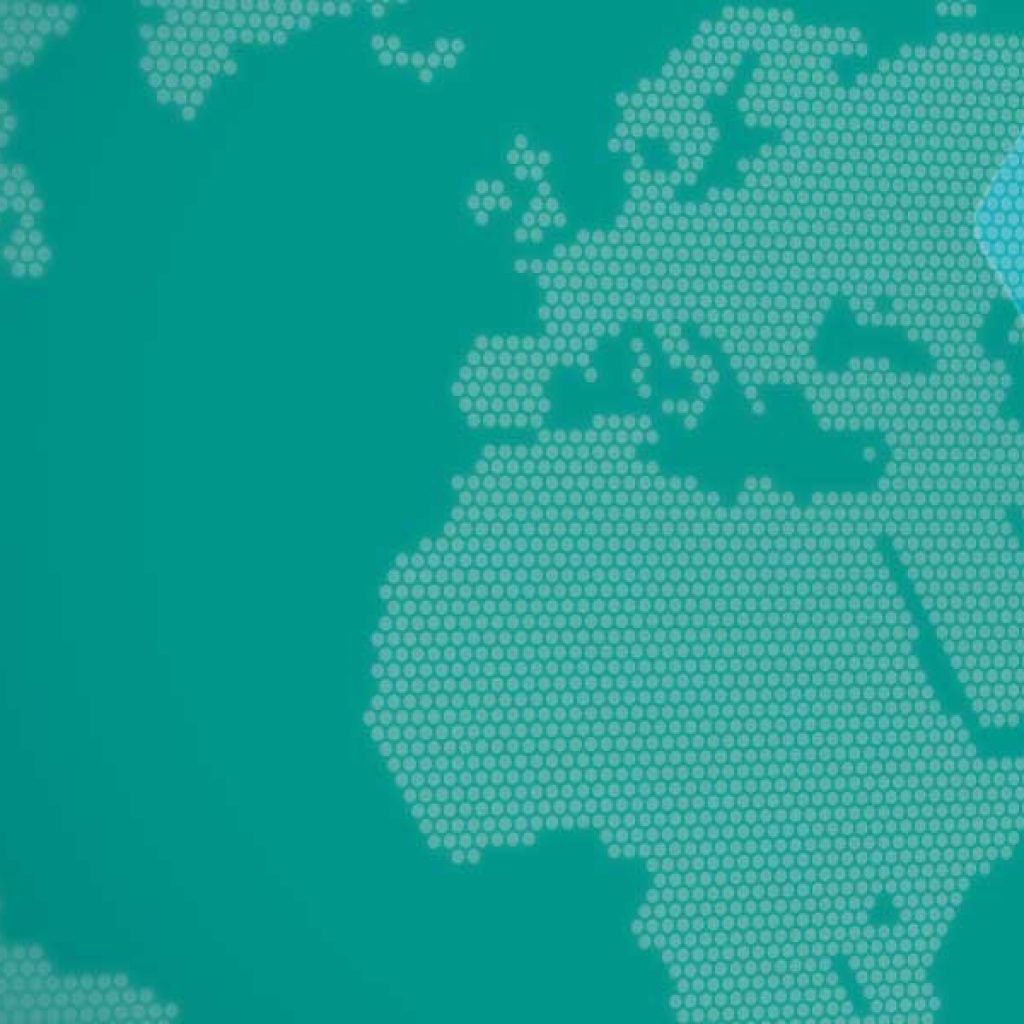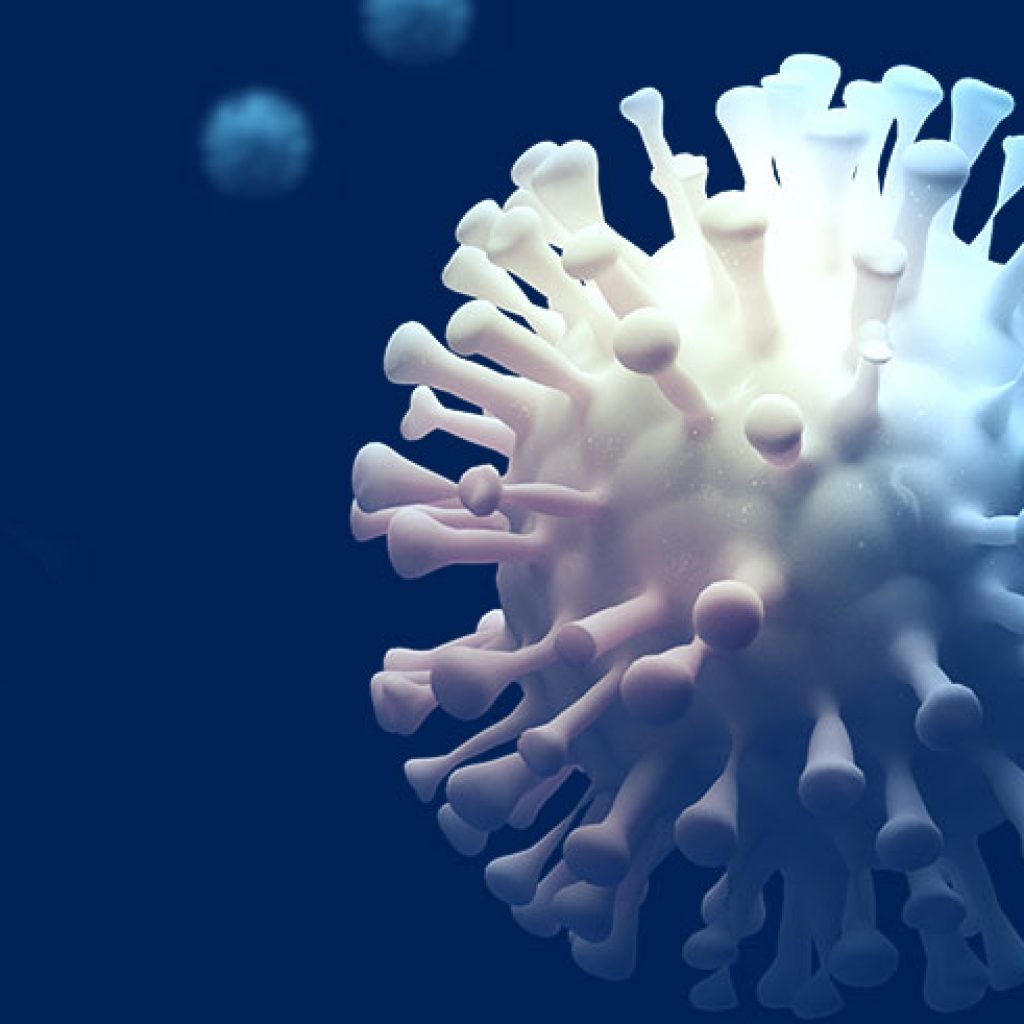RASFF as supplement to the risk analysis raw materials
In the risk analysis raw materials, the risk is determined by the likelihood that it will occur and the gravity. The risk analysis raw materials is substantiated by literature. Another important factor is current issues. The Rapid Alert System for Food and Feed (RASFF) provides a solution in carrying out a risk analysis raw materials.
The RASFF is an online portal in which all known exceeding of food safety hazards have been included. This portal also has extensive information about preventing food safety hazards in various product groups. These details can easily be implemented in your risk analysis raw materials.
Who is a member of RASFF?
The RASFF-system consists of a network of members in all RASFF member states (28 EU-member states, the European Committee, the European Food Safety Authority (EFSA), Iceland, Liechtenstein and Norway). Companies within these member states are obligated to communicate all food safety hazards. Subsequently, governments can add them to the portal.
Sustainability RASFF outside the EU?
RASFF’s objective, as integral part of the EU’s food safety system, is to always be ready to protect the members of the public. The RASFF model is applied globally. An example is the recently established Association of Southeast Asian Nations (ASEAN, also known as ARASFF) in Southeast Asia. ASEAN is autonomous system that is based on RASFF. Another example of a global application is the International Network of Food Safety Authorities (INFOSAN), the World Health Organisation (WHO) warning system. All these systems mutually collaborate. The effectiveness of this collaboration became apparent in the melamine incident, in which an international problem is linked to the European RASFF. In 2008 in China, milk powder was produced and supplemented with melamine to raise the protein levels.
Use of the RASFF within the risk analysis raw materials
Riskplaza is accepted by the NVWA and is considered an authority in the area of risk analysis. The gravity of a hazard is therefore based on Riskplaza’s knowledge.
The chance that a hazard will occur is determined according to a company’s own data. The company is responsible for assessing the likelihood of hazard occurrence. This calculation of probability is often done based on statistical parameters such as complaints, system certificates (e.g. BRC and IFS) and suppliers’ evaluations. These are good parameters; however, they lack current issues. Current issues are included in the analysis using RASFF. It provides an accurate picture of which incidents; in which product groups; in which regions or countries play a role. This allows both the quality and the purchase department to make a better estimation of the risks of raw materials from a specific producer or specific region.
Monitoring and tracking all necessary information costs a lot of time. So, there is an automated system to help you and even alert you to a relevant food safety hazard for your company. This system is easily implemented and guarantees compliance.





